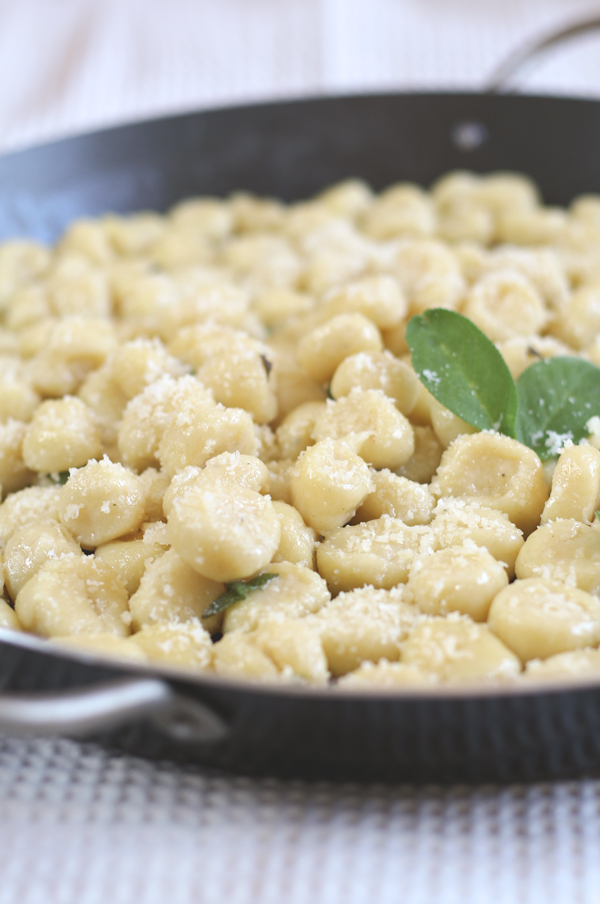Facts About Gnocchi
Gnocchi is a delightful type of pasta made from a variety of ingredients including semolina, wheat flour, eggs, cheese, potatoes, breadcrumbs, or cornmeal. To introduce a unique twist, you can flavor the dough with herbs, vegetables, cocoa, or even prunes. The dough is typically rolled out, cut into small pieces, and either shaped with ridges to catch the sauce or left as simple lumps. Gnocchi can easily replace traditional pasta as a first course or serve as a delicious side dish alongside main courses.
The origins of the word "gnocchi" are quite intriguing; it might derive from the Italian words for a knot in wood or a knuckle. This pasta has a storied history, dating back to Roman times and spreading throughout the empire via Roman legions. The introduction of potatoes to Europe in the 16th century led to the creation of the popular potato gnocchi we know today. For optimal texture, starchy potatoes are preferred.
If you're purchasing gnocchi from the store, be aware that industrially manufactured gnocchi can last about two months if stored at 2°C. These commercial versions are often sold in modified atmospheric packaging, providing them with a shelf life of around two weeks in the refrigerator.
Italy is home to numerous regional varieties of gnocchi, each with its own special name and recipe. For example, "gnocchi di pane" made from breadcrumbs is beloved in certain parts of Italy, while "njoki" is a coastal Croatian variation.
Gnocchi's appeal extends far beyond Italy. It's enjoyed in many countries including Austria, Croatia, Poland, France, South America, and even Somalia, each with their unique takes and traditional accompaniments. In some South American countries, there's a charming tradition of eating gnocchi on the 29th of each month to bring prosperity.

 Austria
Austria